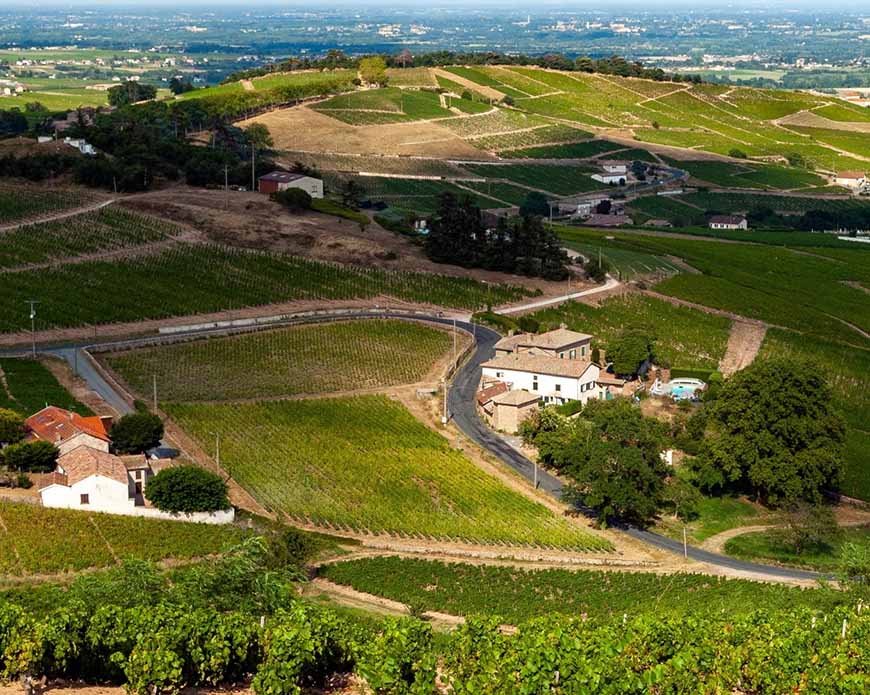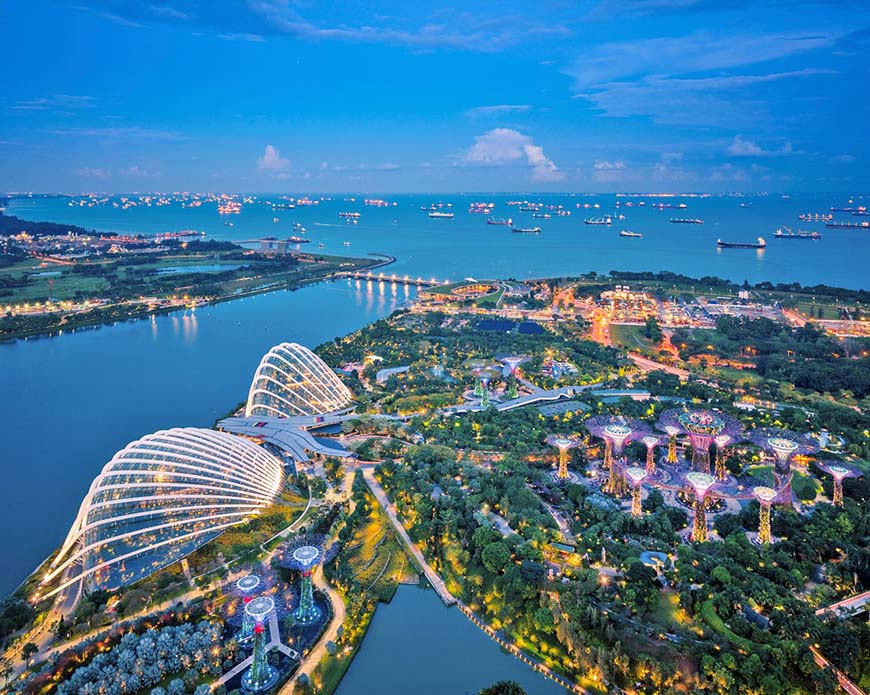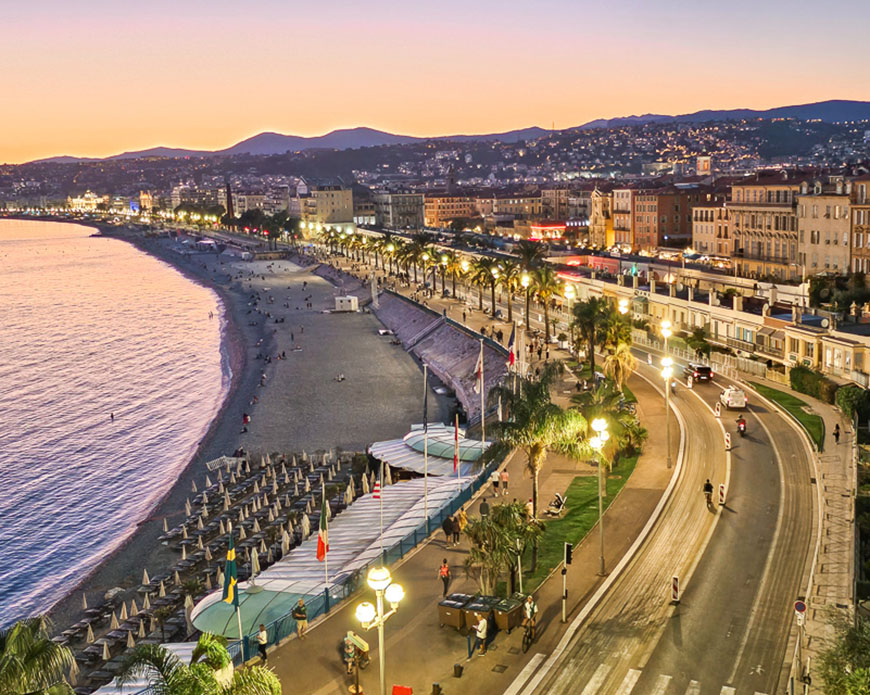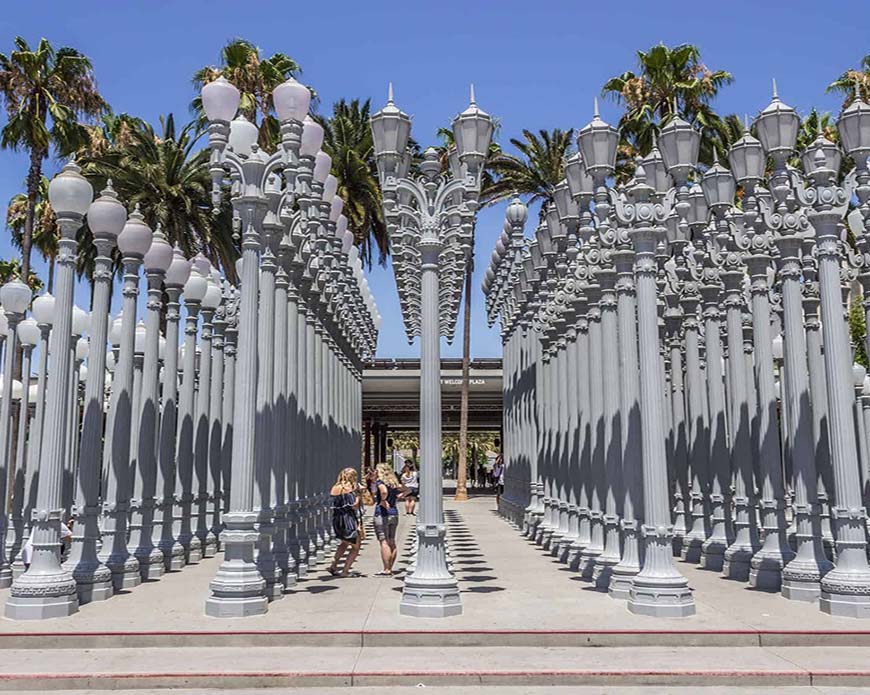The quiet hum of morning life in Clermont-Ferrand carries a rhythm that never seems to rush. The sun rises gently over the Chaîne des Puys, the volcanic hills casting soft shadows across the historic rooftops. Strolling through Place de Jaude with a fresh pastry in hand, it becomes immediately clear that this city, set in the heart of the Auvergne region, holds secrets not just in its Romanesque architecture and basalt-stone cathedrals but also in the land that stretches far beyond it. Among these secrets are France’s lesser-known, yet richly rewarding wine trails.
Setting off from Clermont-Ferrand provides a rare vantage point for wine exploration. Unlike the more familiar routes through Bordeaux or Burgundy, this path cuts through the central spine of the country — through sleepy medieval villages, rolling vineyards, and centuries-old cellars steeped in stories of soil, toil, and triumph. The roads unravel toward wine regions that are not only geographically close but spiritually tied to the same rhythm of quiet excellence that defines Clermont-Ferrand itself.
1. Planning the Departure: Timing and Direction
Early autumn often emerges as the most vivid time to begin such a journey. The vineyards shimmer gold and amber, the summer crowds have thinned, and the harvest season brings both energy and openness to the wine estates. Weather plays an important role — clear days, cool mornings, and that unmistakable scent of drying vines carried on the wind.
A basic route forms like this: begin westward toward Saint-Pourçain, curve southeast to the northern Rhône Valley, then sweep up into Beaujolais and down again toward the Ardèche if time allows. This path covers different terroirs and winemaking traditions — from ancient monastic vineyards to avant-garde biodynamic producers.
One may rent a reliable car from the Gare de Clermont-Ferrand or the airport just outside the city, depending on convenience. A GPS with offline maps is essential. Some of the smaller cellars hide behind winding roads and unnamed lanes where signage is a mere suggestion.
2. First Stop: Saint-Pourçain-sur-Sioule — A Heritage Revived
Less than two hours north of Clermont-Ferrand lies one of the oldest wine-producing areas in France: Saint-Pourçain-sur-Sioule. Often overlooked in the grand narrative of French viticulture, this region’s wines once graced the tables of kings and monasteries alike. Today, the region is experiencing a quiet renaissance.
The town itself is modest and charming, with slate-roofed houses and a 12th-century abbey that once housed monks who cultivated the vineyards. The surrounding landscape is gentle — hills draped in rows of Tressallier, Chardonnay, and Gamay vines.
Stopping at Domaine Nebout offers a warm introduction. The winemaker here delights in pouring their traditional Tressallier, a white varietal nearly extinct but full of vitality — sharp citrus, grassy undertones, and a soft mineral finish. Nearby, Cave de Saint-Pourçain, a cooperative with over 70 local growers, provides a deeper portfolio. Tasting through their reds reveals how Pinot Noir and Gamay, grown here, achieve a certain rustic finesse — light-bodied, full of forest floor, raspberry, and iron.
This area is ideal for lingering. A simple lunch at an auberge near the Sioule River — goat cheese tart, lentils from Le Puy, and a glass of chilled white — gives way to long conversations with local vignerons. Many are eager to talk about climate, tradition, and the slow work of building back respect for their overlooked appellation.
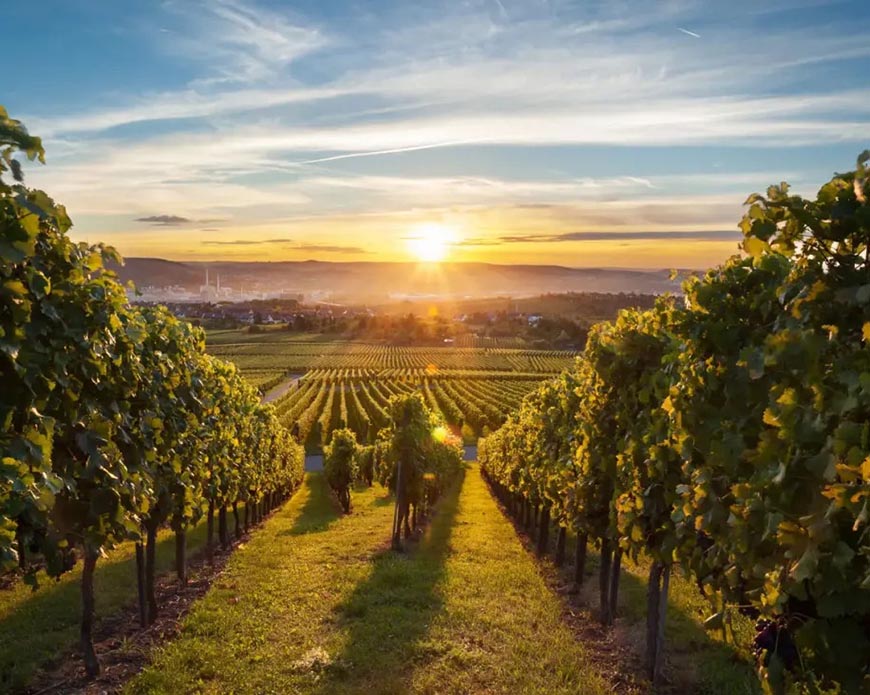
3. Into the Beaujolais: Between Flowering Hills and Fermentation Tanks
From Saint-Pourçain, the road winds northeast into Beaujolais country. The name may evoke supermarket Nouveau, but beneath the surface lies one of France’s most terroir-driven and diverse wine regions.
The heart of Beaujolais beats in villages like Fleurie, Morgon, and Juliénas. Each village is not only a commune but a “cru,” producing wines so distinct that labeling them merely as Beaujolais would be to undersell their identity.
Fleurie offers soft, perfumed expressions of Gamay. At Domaine Chignard, nestled just outside the village center, the cellar is a tight, cool space filled with large concrete vats and old barrels. Their 2019 Fleurie was poured from cask — floral on the nose, a hint of violets, strawberry compote, and a texture like silk resting on slate.
A few kilometers away in Morgon, the wines speak a different dialect. At Domaine Marcel Lapierre, the spirit of natural winemaking lives on. No added sulfites, spontaneous fermentation, and vines worked by horse. The result is raw elegance — vibrant acid, rustic cherries, and a haunting, earthy finish that seems to grow darker with every sip.
Driving from cru to cru requires patience and curiosity. The landscape is layered: granite slopes, sun-dappled roads, chapels atop every ridge. Each bend in the road reveals a new domain, a new story, a new fermentation in progress. The best moments are unplanned — a winemaker waving one inside, a barrel sample offered with a shrug and a smile.
4. The Northern Rhône: Where Syrah Finds Its Spine
Southeast from Beaujolais, the terrain shifts. Hills grow steeper, rivers cut deeper, and the vines cling tightly to terraced stone. This is the northern Rhône, home to the stately and structured Syrahs of Côte-Rôtie, the powerful yet refined Hermitage, and the hauntingly floral whites of Condrieu.
Tain-l’Hermitage marks a central point. The hill of Hermitage looms above the town — a monument of granitic rock and myth. To walk the slopes in early morning mist is to understand why the Romans chose this place for viticulture two thousand years ago.
At Domaine Jean-Louis Chave, appointments are essential and the experience solemn. The cellar is carved into the stone of the hill itself. Barrels rest in complete silence. Tasting here is like standing in a cathedral — 2017 Hermitage Rouge, dense and bristling with graphite, blackcurrant, and iron; the 2016 Blanc, a blend of Marsanne and Roussanne, is a lesson in texture, its honeyed weight balanced by almond skin and crushed stone.
Nearby in Condrieu, the experience is gentler. The Viognier here is like nowhere else: apricot, ginger, jasmine, and a whiff of honeysuckle. At Domaine Georges Vernay, the “Coteau de Vernon” is both luxurious and vibrant — a white wine that unfolds like silk sheets.
The northern Rhône commands attention not only for its wines but for its dramatic aesthetic. The steep vineyards require hand harvesting and intense labor. The villages are compact, built around squares where time moves slowly. Dinners stretch past midnight, conversations bloom, and always there is wine — Syrah with wild boar, Viognier with river fish.
5. Detour Into the Ardèche: Wild Wine in a Rugged Land

Leaving the Rhône behind and veering southwest leads into the Ardèche — wilder, less manicured, but full of character and innovation. This area has become a stronghold for natural winemakers, drawn to its isolation and affordable old vines.
Vineyards here are often hidden in valleys, surrounded by chestnut groves and lavender fields. Domaine du Mazel near Valvignères is one such place — a pioneer in low-intervention wine since the 1980s. Fermentation takes place in concrete and fiberglass, often without temperature control, relying on ambient yeasts and intuition. The wines are vibrant, alive, sometimes volatile, but always full of energy.
Orange wine, made by fermenting white grapes on their skins, finds strong expression here. Tasting one made from Grenache Blanc, aged on skins for a month, reveals a tea-like tannin, notes of dried apricot, and a savory, saline finish. The winemaker speaks little, but their eyes light up when the cork pops and the wine dances in the glass.
Accommodations in Ardèche are often rustic — stone gîtes, shepherd huts turned inns, riverbank cabins. There is something rejuvenating about falling asleep under heavy wool blankets as cicadas sing and the scent of crushed herbs fills the air.
6. Backroads Through Cantal and Livradois: Forgotten Wines, Timeless Landscapes
Looping back toward Clermont-Ferrand offers an opportunity to explore central France’s hidden corners. The Cantal and Livradois-Forez regions offer little in the way of commercial viticulture, but experimental vineyards have begun to emerge.
Near Aurillac, an eccentric grower cultivates hybrids at altitude, producing wines that defy convention — sour, sparkling, sometimes hazy, always intriguing. The vines grow near chestnut trees, and the soil is volcanic, rich and black.
Closer to Ambert, a few parcels of Pinot and Gamay cling to basalt terraces, producing lean, earthy reds. These bottles rarely leave the region, often hand-labeled and sealed with beeswax. Tastings here happen in kitchens, not tasting rooms. Bread is broken, cheese is cut, and stories flow freely — of grandparents, of weather, of vines that grow sideways under the weight of the wind.
The air smells like smoke and moss, and time unspools differently here. Each sip carries the taste of stone, forest, and tradition.
7. Reflections on the Road and the Wine
No two wine journeys from Clermont-Ferrand will ever follow the same rhythm, because the roads here do not move in straight lines. They curve around mountains, dip into valleys, and vanish behind oak groves. The same holds true for the wines — no bottle repeats another. Vintage, vineyard, winemaker, and weather conspire to offer something new at every turn.
It is this combination of constancy and surprise that defines the experience. The soil remains the same, but the wine is always different. The map may stay fixed, but each journey brings new flavors, new encounters, and new questions.
Traveling by wine is not merely about tasting; it is about listening — to the land, to the people who shape it, to the silence between sips. And from Clermont-Ferrand, the road stretches outward in every direction, ready for the next cork to be pulled, the next story to be poured.
